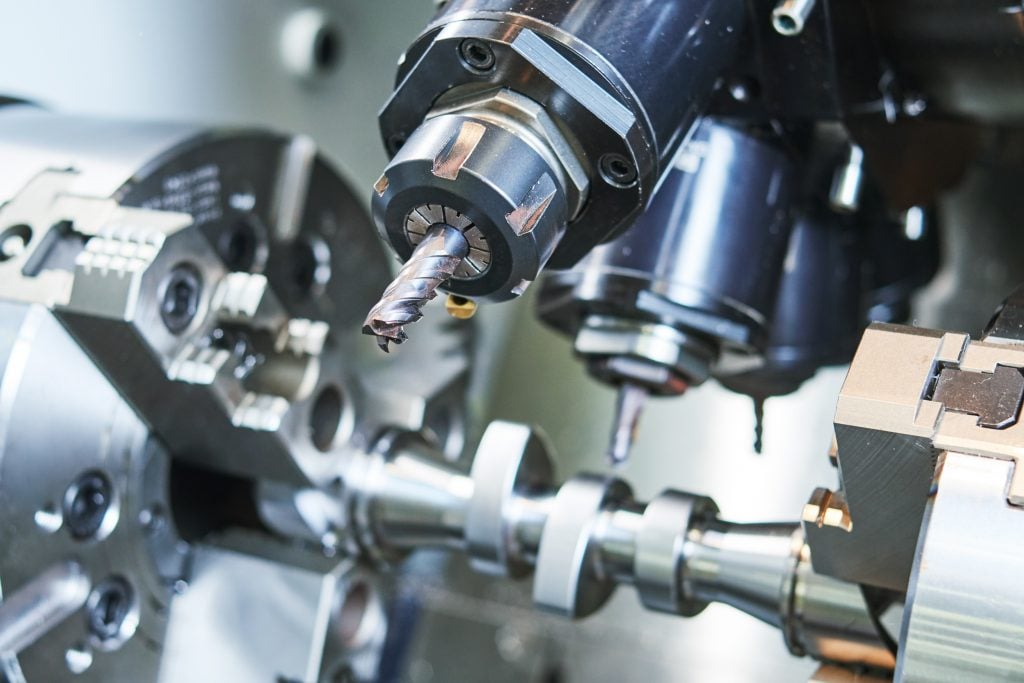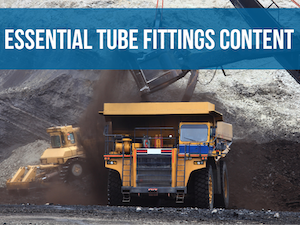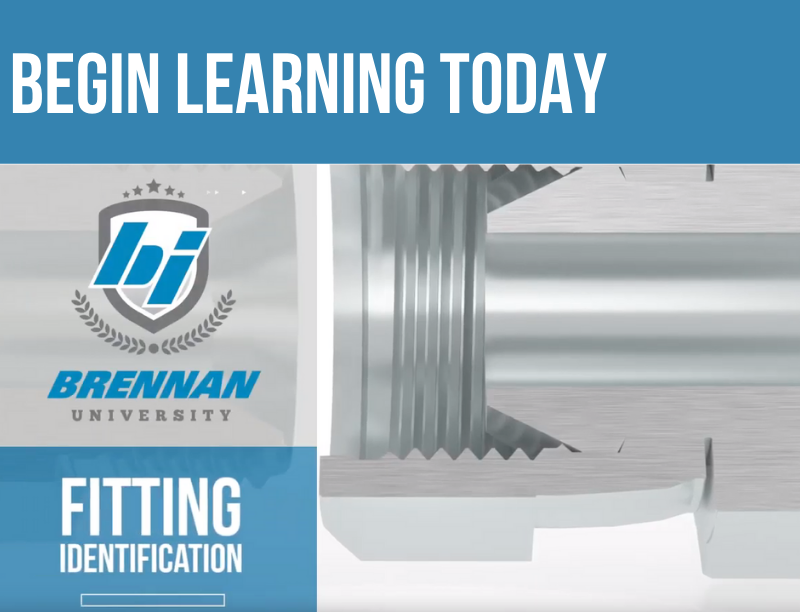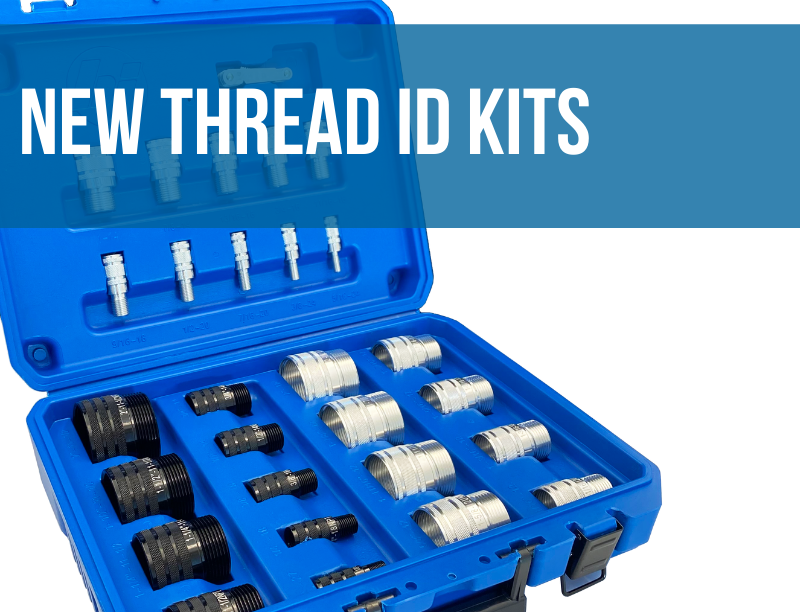All alloy steels are made from carbon steel and other alloying materials, including aluminum, chromium, copper, manganese, nickel, silicon or titanium. These metals are combined with carbon steel to create specific properties that allow for increased hardness, strength and/or corrosion resistance. The most common and familiar alloys are brass and carbon steel.
Common Alloys
BRASS
Brass is made of copper and zinc of varying proportions and mechanical and electrical properties to develop different types of brass alloys. Brass is frequently used to make a wide range of pipe fittings, threaded fasteners, tube fittings and flare fittings. Because of its exceptional resistance to rust and its hardness, flexibility and durability brass is frequently used in pluming applications for tubing and
pipe fittings.
CARBON STEEL
Carbon steel is a combination of iron and carbon, and often contains other elements with low maximum percentages, such as copper (0.60% maximum), manganese (1.65% maximum) or silicon (0.60% maximum). Carbon steel fittings are widely used in industrial, construction and agricultural equipment due to requirements of high pressure, high strength and low cost. Carbon steel is the most used metal, making up nearly 85% of the world’s steel production. Even though it has limited corrosion resistance compared with other materials it is still used in a wide number of industrial applications.
The following alloys provide specific characteristics when combined with carbon steel:
CHROMIUM:
CHROMIUM-VANADIUM:
COBALT:
MANGANESE:
MOLYBDENUM:
NICKEL:
TUNGSTEN:
VANADIUM:
Adds hardness, material becomes tougher and more wear resistance
Increases tensile strength, yet becomes more malleable for bending and is
easier to cut
Withstands extreme heat, ideal for cutting tools
Increased surface hardness and shear strength. Provides improved resistance to strain and shock
Increased strength, enhanced resistance to shock and heat
Provides improved corrosion resistance and increased strength
Improved grain structure allowing for a harder material and superior heat resistance
Provides improved corrosion resistance and increases strength, toughness and resistance to shock
Specialty Alloys
Specialty alloys range from common Stainless Steels to Super Duplex Stainless Steels.
ALLOY 316/316L STAINLESS STEEL
Alloy 316/316L stainless steel is an austenitic molybdenum-bearing stainless steel containing nickel. Higher molybdenum and nickel content gives better corrosion resistance than for instance
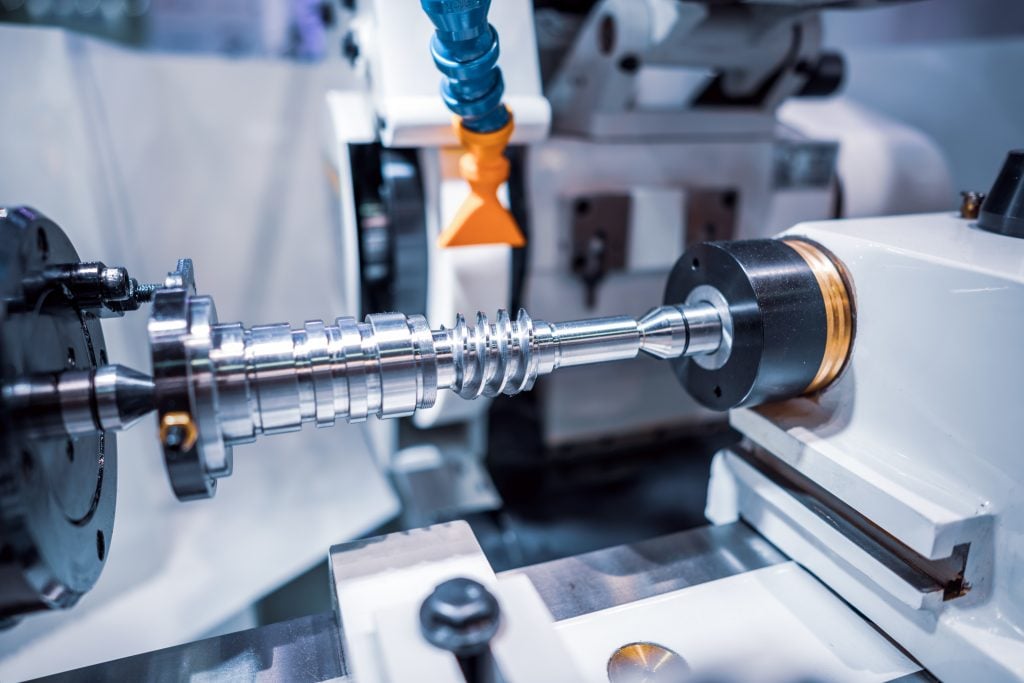
304 stainless, especially with regard to pitting and crevice corrosion in chloride and salt environments. It also provides increased strength at elevated temperatures.
The austenitic structure of 316/316L SS gives excellent toughness to the material, even at cryogenic temperatures, and its resistance to corrosion provides excellent performance in a wide range of atmospheric and corrosive environments and other media. However, when it is subjected to crevice corrosion and/or pitting in warm chloride conditions and stress corrosion cracking 316/316L stainless steel can breakdown and experience premature failure. This material was initially developed for use in paper mills, yet is frequently used in:
Brewery Equipment
Process Equipment
Springs, Nuts & Bolts
Fittings
Food Processing Equipment
Heat Exchangers
Laboratory Equipment
Medical Implants
Valves
Chemical/Petrochemical Equipment
Ship & Boat Fittings
Chemical Transportation Container
Duplex Stainless Steels
Duplex stainless steels have a two-phase (“duplex”) microstructure which consists of austenitic stainless steel and ferritic grains which makes them nearly twice as strong as regular stainless steels. Duplex stainless steels have a microstructure of approximately 50% austenite and 50% ferrite. This provides corrosion resistance greater than other common grades of stainless steels, such as 304 and 316. And because duplex stainless steels are magnetic they can be easily differentiated from common grades of stainless when there is any potential confusion.
Duplex Stainless Steel were developed around the end of World War II for the pulp and paper industry in Sweden to help resist corrosion problems from chloride-bearing cooling waters and other aggressive process fluids. They were eventually found to be very useful in applications such as:
Storage Tanks & Water Heaters
Flue-Gas Cleaning
Heat Exchangers
Cargo Tanks & Pipe Systems in Chemical Tankers
Components for Structural Design
And Much More
Because of their high content of chromium, molium and nitrogen, duplex steels offer very good localized and uniform corrosion resistance. Their unique microstructure allows for excellent abrasion, erosion and fatigue resistance and mechanical strengths that are higher than standard 304 and 316 stainless steels, plus they provide for very good weldability.
Super Duplex Stainless Steels
Super Duplex 2507 stainless steel (UNS S32750) contains 25% chromium, 4% molybdenum and 7% nickel. This alloy was first used in the 1980s when it was uniquely designed for extreme and demanding applications which necessitate extraordinary corrosion and strength resistance, such as in chemical processing, petrochemical and seawater equipment applications.
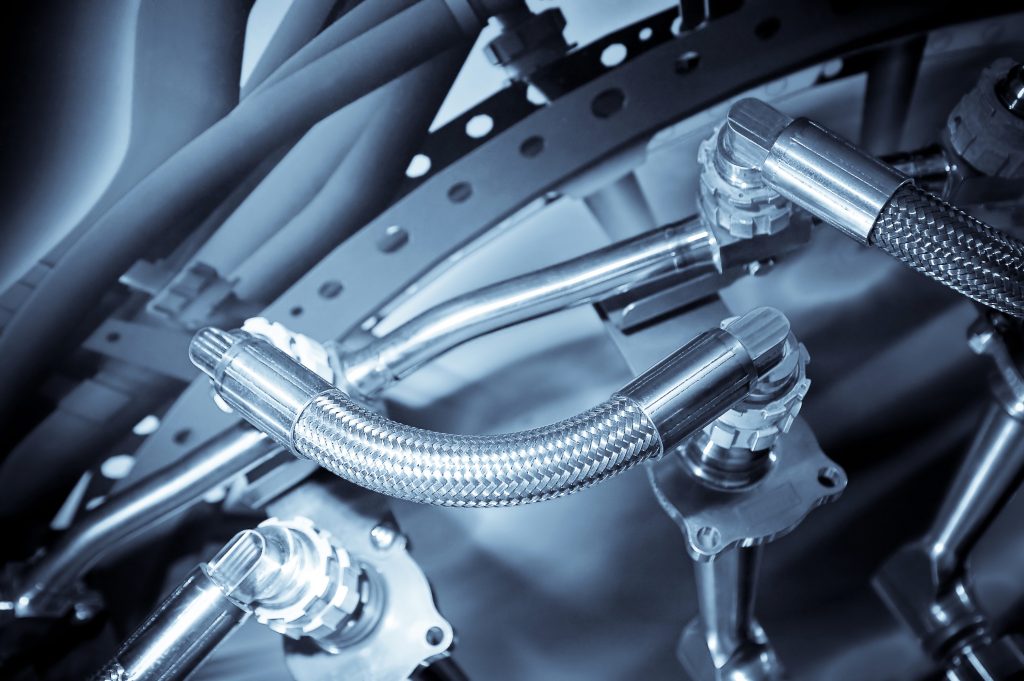
As Super Duplex SS is an austenitic-ferritic, iron chromium – nickel alloy with the addition of molybdenum, it provides very good resistance to pitting and has a higher than normal tensile strength than most other materials. When compared to conventional austenitic stainless steels Super Duplex SS provides a superior resistance to stress corrosion cracking when at moderate temperatures.
Because of its high content of chromium the alloy has excellent resistance to acids, acid chlorides, caustic solutions and other harsh environments. Common applications of super duplex stainless steels are:
Components for the Pulp & Paper Industry
Desalination Plants
Tube & Pipe Systems
for Petrochemical Refineries
Heat Exchangers
Pollution Control Components
Downhole Drilling, Exploration, Logging or
Other Deep Hole O&G Applications
Superalloys
Superalloys, or high performance alloys, provide exceptional mechanical strength and creep resistance at high temperatures, corrosion and oxidation resistance and reliable surface stability. Superalloys are used extensively in the oil and gas industry, chemical and petrochemical processing, power plants and many other harsh environment applications. They include a number of special combinations of alloys to make up materials from Monel® to Hastelloy®.
MONEL® ALLOY 400
Alloy 400, also known as Monel is a series of alloys mostly made up of copper, iron, nickel and other trace elements. Monel alloy 400 contains the same proportions of nickel and copper found naturally in the nickel ore from certain mines.
Monel is used in a wide variety of extreme environment applications, including:
Fasteners
Fittings
Pumps
Shafts
Freshwater Tanks
Gasoline Tanks
Heat Exchangers
Marine Engineering
Crude Oil Distillation Towers
Seawater Handling Equipment
Tubing, Tube Fittings & Valves Chemical & Hydrocarbon Processing
Its nickel-copper alloy construction makes it highly resistant to sea water and steam at high temperatures, along with an excellent resistance to salt and caustic solutions. This alloy not only has excellent corrosion resistance in a wide variety of media, it is also provides good weldability and moderate to high strength, and very good mechanical properties during wide swings in temperature (from sub-zero up to 1020° F/549° C).
ALLOY 6MO
Alloy 6 MO (UNS S31254) is a super austenitic stainless steel consisting of high levels of molybdenum and nitrogen, which provide extreme resistance to pitting and crevice corrosion and has very high strength compared with conventional stainless steels.
This material offers superior resistance to corrosion in high-chloride environments; such as salt water, seawater, pulp mill bleach plants and other high-chloride process streams. 6MO alloy exhibits not
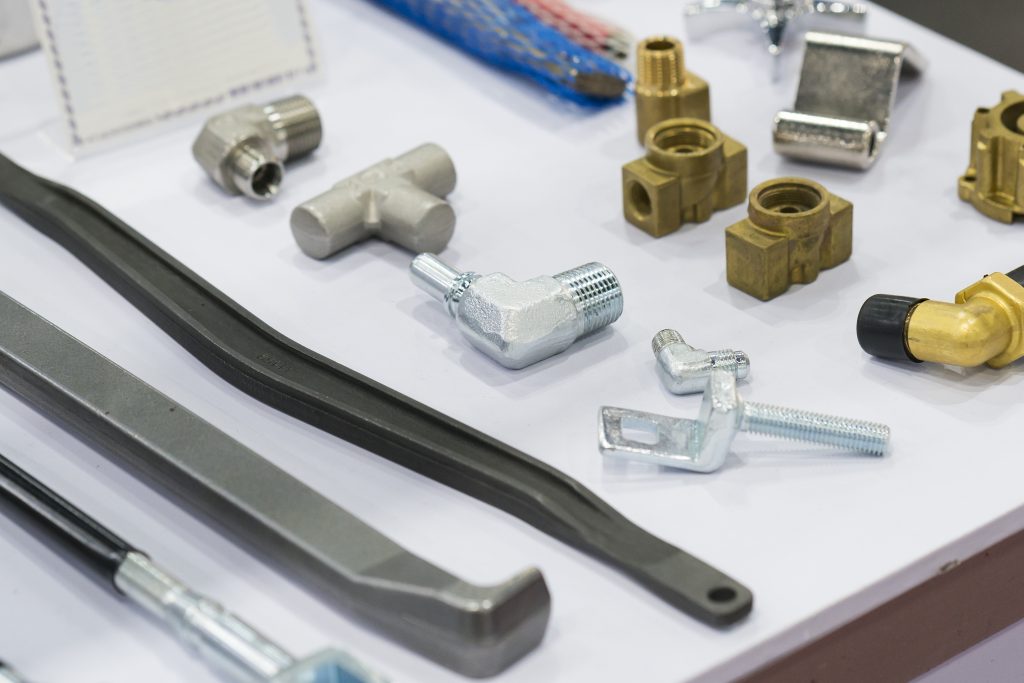
only high resistance to pitting and crevice corrosion, but also to chloride stress- corrosion cracking in harsh environments. It is ideal for offshore oil and gas, chemical processing, instrumentation and
shipbuilding applications.
Alloy 6MO is widely used in the manufacturing of:
Columns & Crystallizers
Flue Gas Desulfurization Scrubber Components
Heat Exchangers & Mixing Vessels
Piping, Tubing, Pumps & Fittings
Pressure Vessels & Tanks
Seawater-Cooled Condensers
Service Water Piping in Nuclear Power Facilities
And in applications such as:
Chemical Processing Equipment
Flue Gas Desulfurization Scrubbers
Food Processing Equipment
Oil and Gas Production Equipment
Pulp Mill Bleach Systems
Seawater Handling Equipment
Tall Oil Distillation Columns and Equipment
INCOLOY®
Incoloy, Alloy 825 (UNS N08825) is an austenitic nickel-iron-chromium alloy which also contains copper, molybdenum and titanium. Incoloy was developed to provide extraordinary corrosion resistance in both oxidizing and reducing environments or reducing atmospheres (an atmospheric condition in which oxidation is prevented by removal of oxygen and other oxidizing gases or vapors). These corrosive conditions are caused by actively reducing gases such as hydrogen, carbon monoxide and hydrogen sulphide that would be oxidized by any presence of oxygen. Alloy 825 is very versatile and provides excellent mechanical properties from room to elevated temperatures (> 1000° F/538° C)
Primary applications for Incoloy include:
Acid Production
Chemical & Nuclear Fuel Reprocessing
Oil and Gas Recovery
Pollution Control
INCONEL®
Inconel is in the same family as Incoloy and is also a austenitic nickel-chromium-based superalloy. The primary advantage of Inconel is that it allows for the alloys’ oxidation corrosion resistance which is well suited for service in highly extreme environments that are subjected to extreme pressure and heat. Uniquely, when exposed to high temperatures Inconel forms a thick, stable, oxide coated layer that protects the surface from further attack. Inconel provides for excellent fabrication (including joining), exceptional high strength, substantial corrosion resistance and ability to withstand broad service temperatures (ranging from cryogenic to 1800° F/982° C).
Inconel is frequently used in a variety of extreme environments, such as:
Marine applications due to its extraordinary resistance to sodium chloride (salt) under a wide range of temperatures
The construction of jet engines and turbines which are unique in that they have to withstand tremendous fluctuations in temperatures and pressures due to extreme changes in elevation and weather conditions
Many other seawater application components due to its high resistance to corrosion, such as:
- Fittings
- Nuts, Bolts, Washers & Seals
- Tubing
- Valves
HASTELLOY®
Hastelloy is a nickel-molybdenum alloy. Of the many grades of this material, most are forms of nickel- chromium-molybdenum alloys. Each grade has been optimized for a specific purpose, each providing a high resistance to corrosion. It is important to note that Hastelloy® and Incoloy® are very similar and both are considered Superalloys, yet there are some important differences.
Each provides excellent mechanical strength, particularly when exposed to high temperatures, and each is highly corrosion and oxidation resistant. However, their differences are primarily in chemical composition, weldability and their use in different applications.
Hastelloy has exceptional resistance to high oxidizing and reducing agents, which makes it excellent for moderate to severe corrosive environments. Pipes and valves are often made of Hastelloy for the petrochemical and chemical processing industries. In addition, it is ideal for the manufacture of pressure vessels and heat exchangers, and for use in chemical reactors and nuclear reactors.
On the other hand, Incoloy’s high iron content often
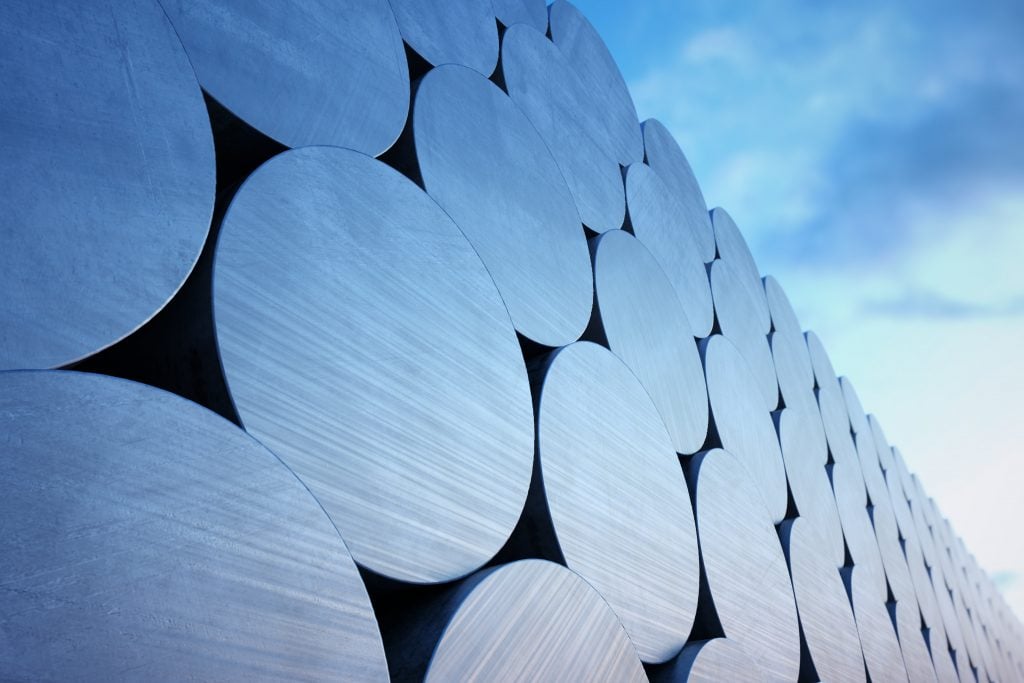
allows it to be more cost effective for many applications. Some Incoloy grades have been designed for increased corrosion resistance in harsh environments. Its strength at high temperatures and resistance to brine, chloride, seawater and sour gas make it a very good choice for the construction of components used in the oil and gas industries. In addition to the applications listed above for Incoloy, it is an ideal choice for aircraft components, gas turbines, hot vessels for food and water, propeller shafts and tank trucks. In addition, Incoloy is resistant to sulfuric and phosphoric acids, nuclear fuel and other high chemically corrosive materials and environments.
Conclusion
The proper selection of alloys is dependent on the application environment and other mechanical requirements. For instance, Superalloys will be exceptional for most any application. However, due to their cost to benefit ratio, it is often more practical to use a standard stainless steel. Of course, brass and carbon steel are the best and most cost effective for many basic applications. Yet more complex and extreme environment applications call for Specialty Alloys or Super Alloys. It is best to consult your material supplier if there is any question regarding the best alloy to use for a given application.
SOURCES:
Aalco Metals Limited
International Molybdenum Association
Special Piping Materials
Continental Steel & Tube Company
Fine Tubed Ltd.
HandyTube Corporation
Nickel Institute
High Temp Metals
United Performance Metals

